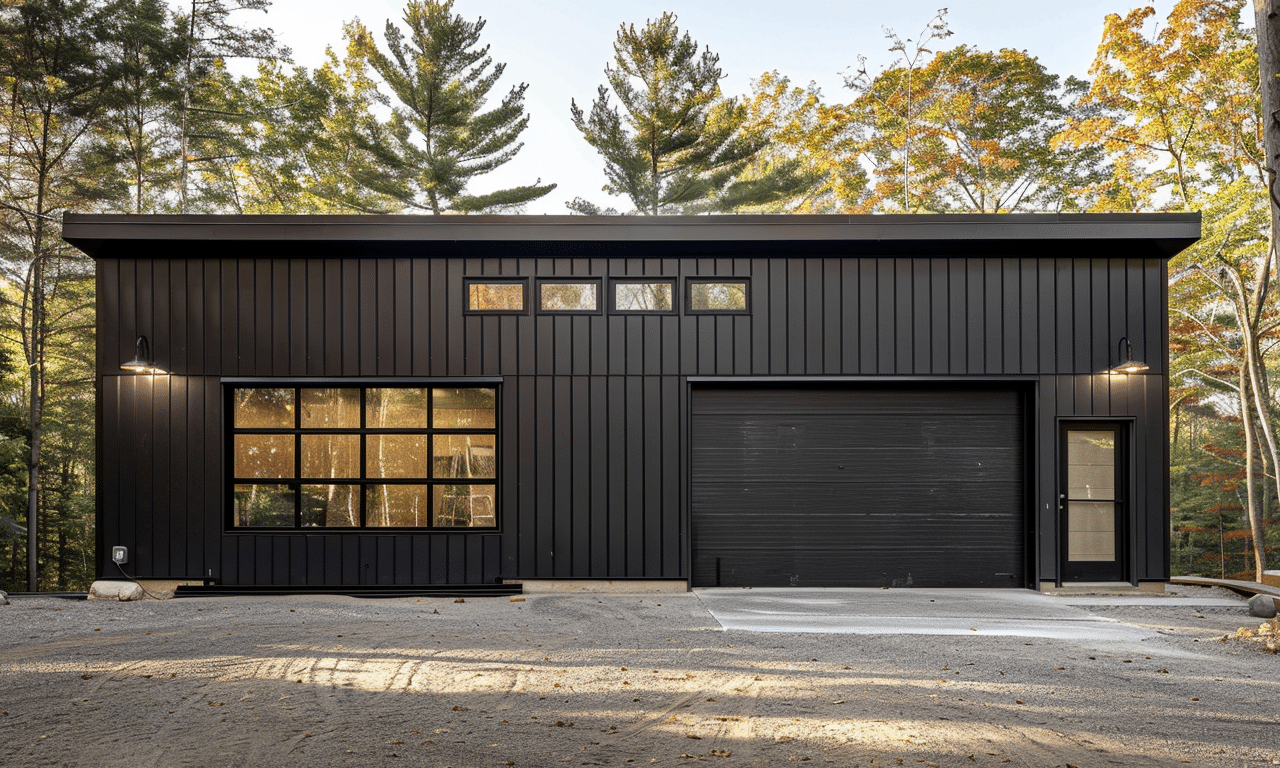Planning a construction project timeline effectively can be as intricate as building a house of cards; every piece must be carefully thought out and positioned to ensure the structure not only stands but also withstands the test of time. Developing an effective construction project timeline is crucial, not only to stay on schedule but also to manage resources efficiently and keep costs under control. Let’s delve into the mechanics of crafting a timeline that ensures smooth sailing from blueprints to a finished structure, all while maintaining fire safety standards and leveraging modern tools.
Understanding the Importance of a Well-Planned Timeline
Imagine you’re assembling a puzzle without knowing what it should look like. Frustrating, right? A well-planned construction project timeline acts as the picture on the box. It combines all the individual pieces, dictating when each piece should connect for a seamless process. An effective construction project timeline helps mitigate risks, from unexpected delays in materials to labor shortages. It ensures that everything is in place to tackle potential issues proactively rather than reactively.
For building teams like Your Building Team, having a clear timeline means fewer surprises, fewer disruptions, and a project that consistently moves forward.
Assessing the Foundations: Initial Planning and Goal Setting
Before laying a single brick or welding a steel beam, start with the basics: what are the project’s goals? Is it a residential project, like a chic metal home, or a commercial space with specialized needs? These objectives will influence every decision from design elements to sustainability considerations.
Once goals are clear, it is essential to map out the key milestones. Think of this phase like a strategic game of chess, where each move (or milestone) is planned to bring the project closer to completion without any wasted steps.
Comprehensive Site Evaluation
Before you proceed, conducting a comprehensive site evaluation is paramount. This step involves assessing geographical and environmental factors, which will impact the timeline. Are there any zoning issues? What about utility access or site cleanup? Addressing these elements early can prevent stumbling blocks later in the project.
Crafting the Blueprint: Developing the Timeline
Now comes the exciting part: developing an effective construction project timeline. This blueprint acts as a guide, helping the team understand which tasks are dependent on others and the sequence in which the work should flow, from laying the foundation to implementing fire safety in construction measures.
Breaking Down the Project into Phases
Break the project into manageable phases. Typically, these include:
1. **Pre-construction**: Design, approvals, and initial planning.
2. **Procurement**: Securing materials and talents.
3. **Construction**: The actual building process.
4. **Post-construction**: Final inspections and handovers.
Each phase should have its timeline, complete with start and end dates, resource allocation, and expected deliverables.
Using Modern Technology for Timeline Management
Incorporating technology, like Smartsheet, enhances your construction project management. Such tools allow project managers to create dynamic timelines that can adapt as project conditions change. They provide real-time updates, highlight critical paths, and offer data-driven insights to improve decision-making.
Monitoring and Adjusting the Timeline: Staying Agile
When navigating the unpredictable waters of construction, having the flexibility to adjust your course is vital. What if suppliers are late in delivering structural steel? Or unforeseen weather wreaks havoc on your outdoor activities?
Implement regular check-ins and milestone reviews to evaluate project progress. This allows the team to analyze current progress against the planned schedule, adjust resources as needed, and ultimately steer the project back on course if necessary.
Risk Management and Contingency Planning
Risk management goes hand in hand with an effective construction project timeline. Plan for the unexpected with contingency strategies to absorb delays without derailing the entire schedule. For example, have alternative suppliers in your pocket or plan for overtime at specific stages.

Engaging Stakeholders and Communicating Effectively
Imagine trying to conduct a symphony with each musician playing from a different score — it’s chaos. Engaging all stakeholders and ensuring crystal-clear communication ensures everyone is aligned and working towards the same goal.
Creating an Inclusive Communication Plan
Developing an inclusive communication plan involves identifying key stakeholders (clients, contractors, subcontractors, etc.) and determining how and when updates will be shared. This often involves regular meetings, detailed reports, and transparency in sharing completed milestones.
Facilitating Cooperative Collaboration
Facilities designed with cooperation in mind lead to more efficient problem-solving. Promote an environment where ideas are shared and debated so that the betterment of the project comes first. This can mean the difference between identifying potential delays early and dealing with effects later.
Conclusion: Building Success from the Ground Up
A well-planned, effective construction project timeline is not merely a schedule. It’s the backbone of a project, supporting each structure from drafting table to ribbon-cutting ceremony. By starting with clear goals, incorporating modern technology like Smartsheet, and maintaining open lines of communication, you can steer any project to success.
At Your Building Team, we emphasize the importance of customized planning to ensure every project reflects unique goals and realities. By strategically embedding contingencies and maintaining flexibility, your dream of a flawless construction project (whether a resilient steel garage or a cozy metal home) becomes a tangible reality.
In the often unpredictable landscape of construction, a robust and adaptable timeline not only saves time and money but also transforms potential chaos into disciplined progress.










